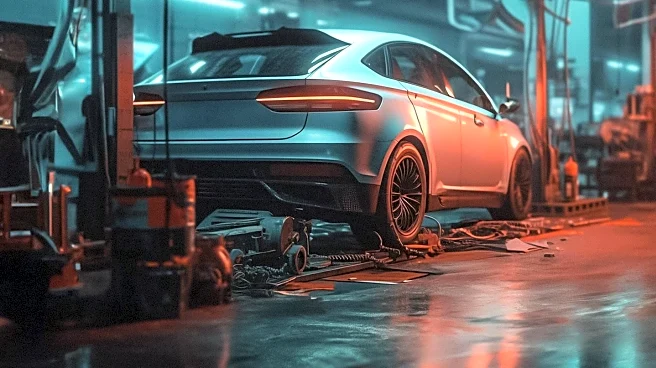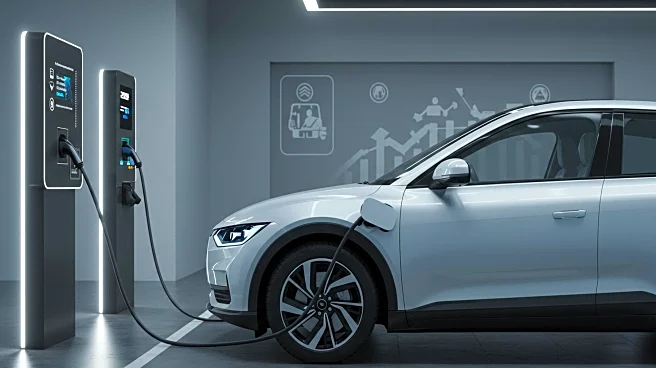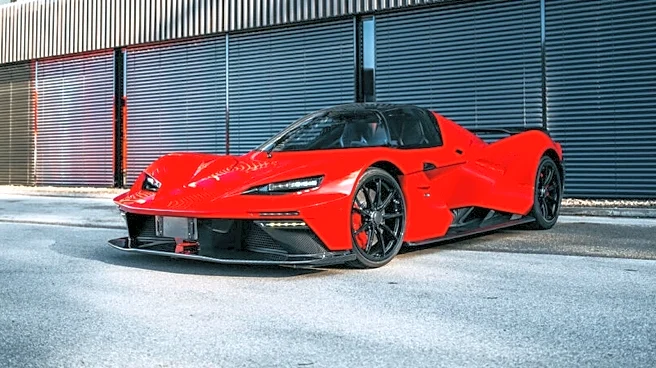
Have you noticed that a growing number of modern car parts are made up of plastic? Your grandpa is not lying when he says that they don't make 'em like they used to. The plastic content in cars increased by 16% from 2012 to 2021, according to a 2023 report by the American Chemistry Council. That means that almost 411 pounds of a modern vehicle's weight is plastic. While this makes up roughly 10% of the total weight of a car on average, this also accounts for almost 50% of the total volume of the vehicle.
So, the term "plastic fantastic" makes sense when describing a contemporary car.
Still, car manufacturers didn't just switch to plastic parts for fun, and the type of this material used in cars is not the same as the one utilized for water bottles. Instead, these pans are often made up of a fiber-reinforced polyamide resin that weighs much less than the usual choice of die-cast aluminum.
Read more: Do Turbo Engines Need More Frequent Oil Changes?
The Benefits Of Plastic Oil Pans

In a world of ever-tightening emissions standards, automakers are using plastic to make vehicles lighter and more fuel-efficient. A lighter car means the engine can burn less fuel to move the vehicle, which, in turn, reduces emissions while improving your car's fuel economy. It's also why the engine bay of a typical car is a colossal mess of plastic parts.
The Peugeot 508 was among the first cars to use a plastic oil pan, which was developed by the Singapore-based company DSM Engineering Plastics. The new sump was 60% lighter than the original metal pan, not to mention much cheaper to make. Still, weight reduction is just a small portion of why plastic is making its way into our rides. It's much easier to integrate other car parts, such as the oil drain plug, sensors, attachment points, and clips, into the resin material used to make these pans. Moreover, plastic oil pans are resistant to stone and gravel impacts, and their highly flexible molding helps reduce engine noise, vibration, and harshness. Overall, switching to plastic pans is a win-win situation for carmakers and owners alike. Still, the swap has a few downsides worth mentioning.
The Disadvantages Of Plastic Oil Pans

The entire automotive industry has an understandable love for plastic, but specific cars are not a desirable match for a polyamide pan. For example, plastic pans are not the best choice for racing vehicles. Sure, a lighter car can make its way around the track faster, but cast aluminum alloy dissipates heat better than plastic, which means it offers better engine performance than pans made from polyamide. In addition, molded plastic tends to insulate and hold more heat, and it may melt or warp when constantly exposed to heat soak -- even if your radiator fan stays on.
If you decide to choose a car with a plastic oil pan, know that you don't need to replace the entire plastic oil pan when giving your car an oil change. (Unless the sump is leaking or has visible cracks). It also helps to be conscientious when screwing the drain plug of a plastic oil pan back on during an oil change, since over-tightening may cause damage or oil leaks. Love it or hate it, plastics in cars will become more prevalent with advancing technologies in polyamide resins. Whether this is a good or bad thing is up for debate.
Want more like this? Join the Jalopnik newsletter to get the latest auto news sent straight to your inbox...
Read the original article on Jalopnik.











